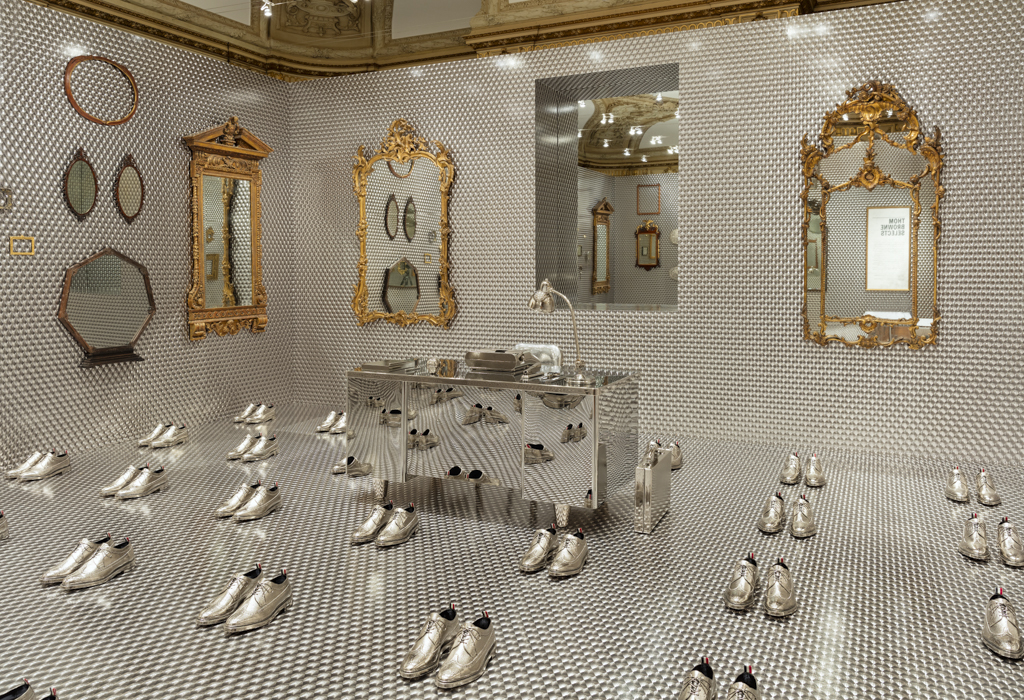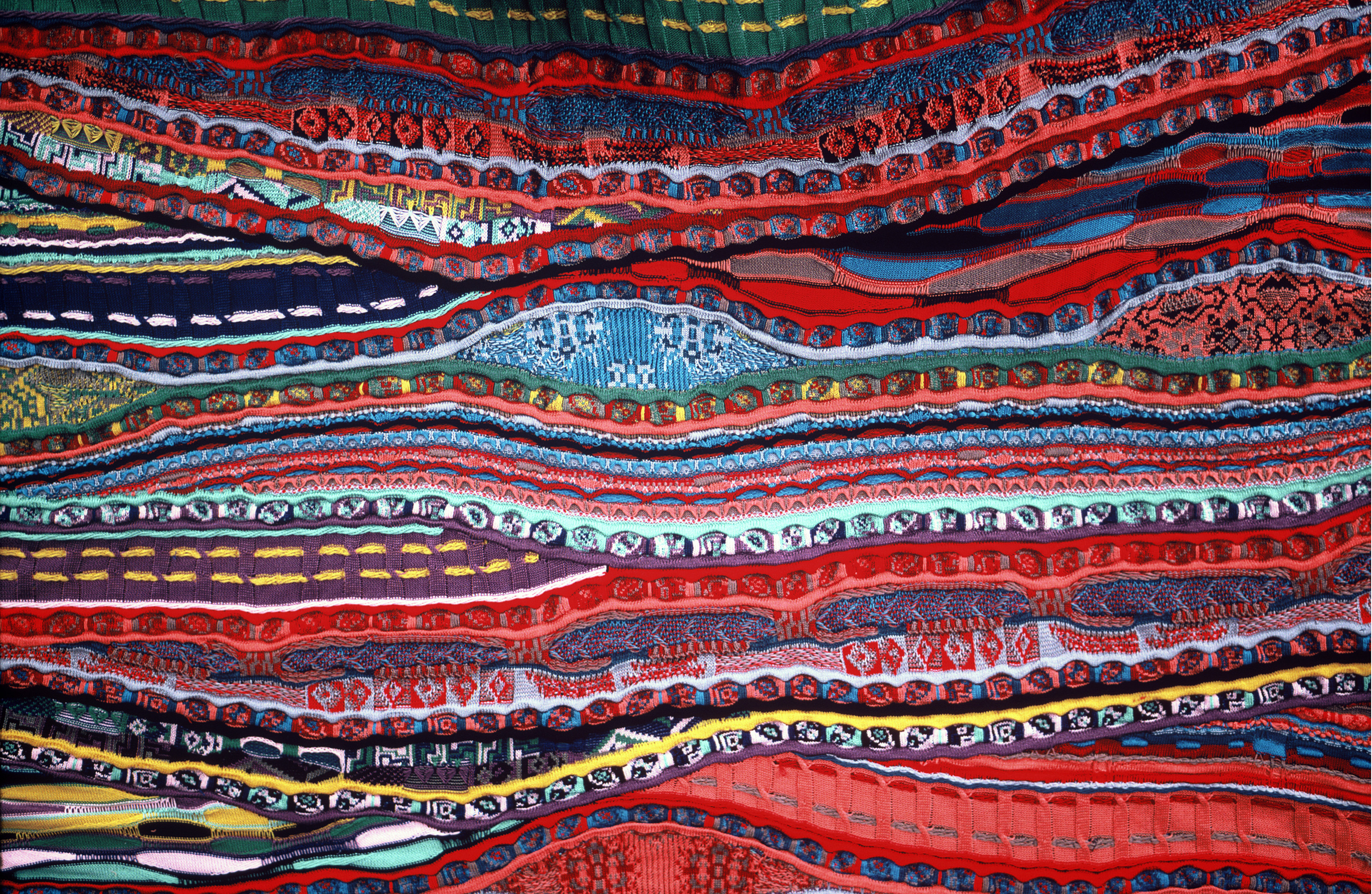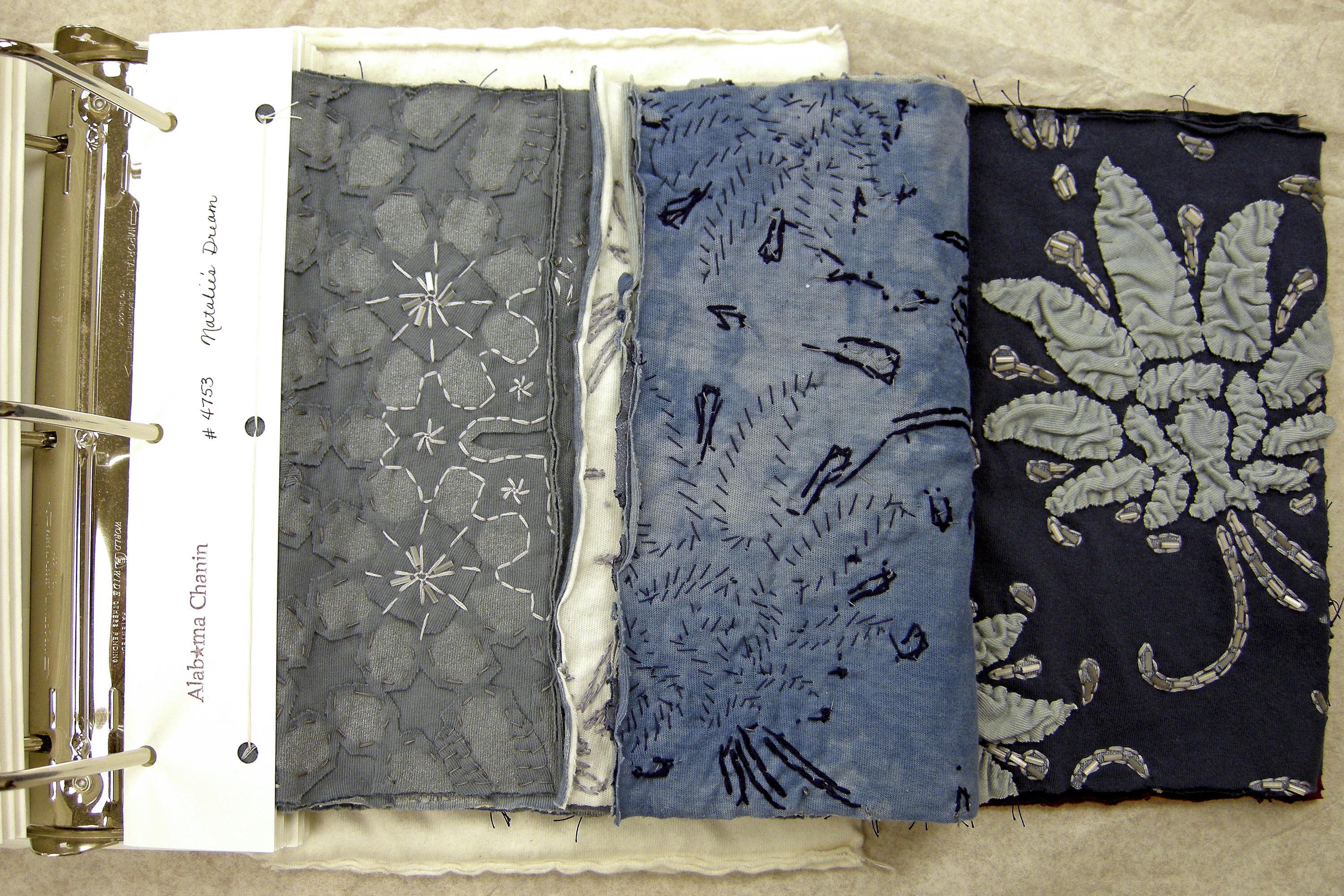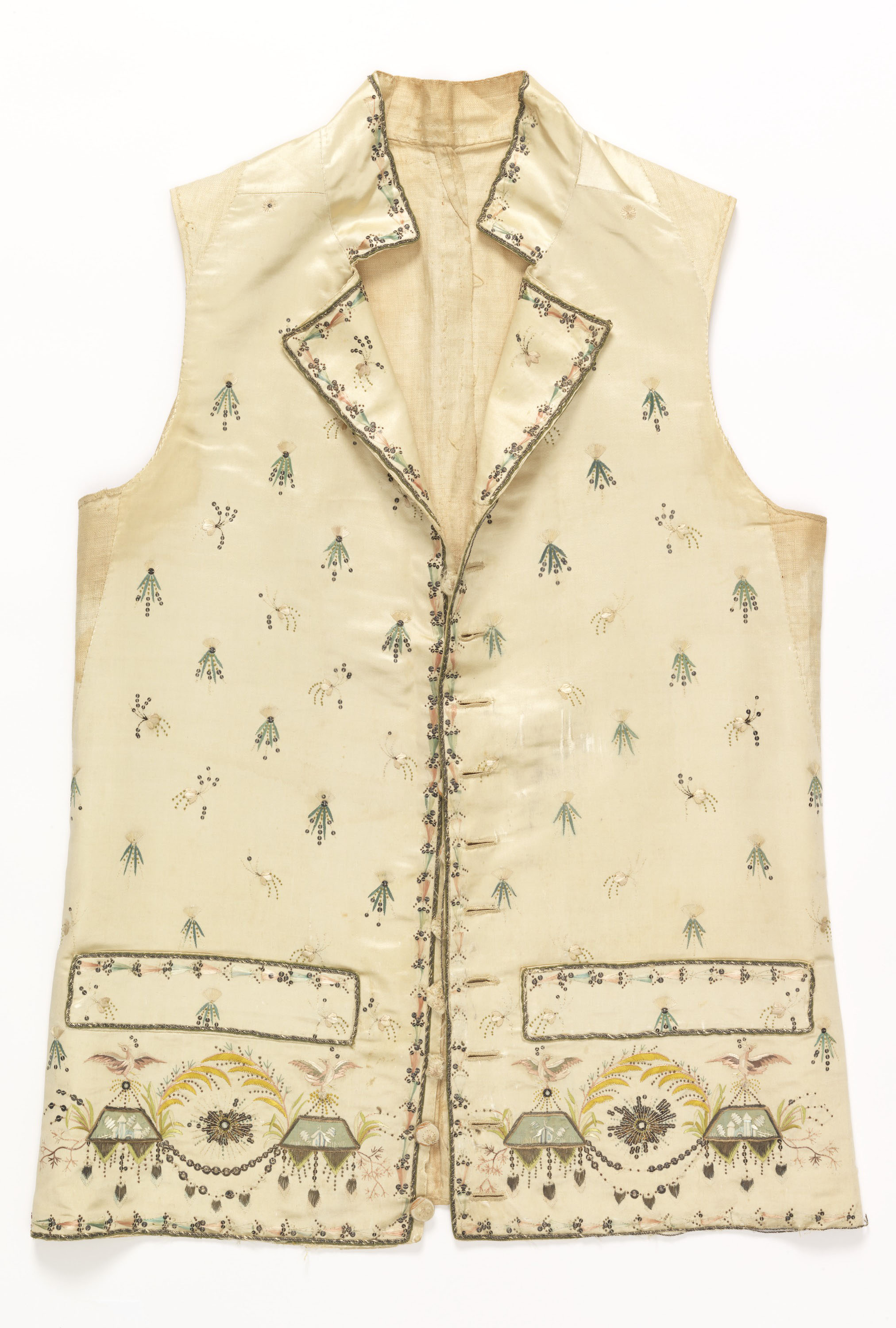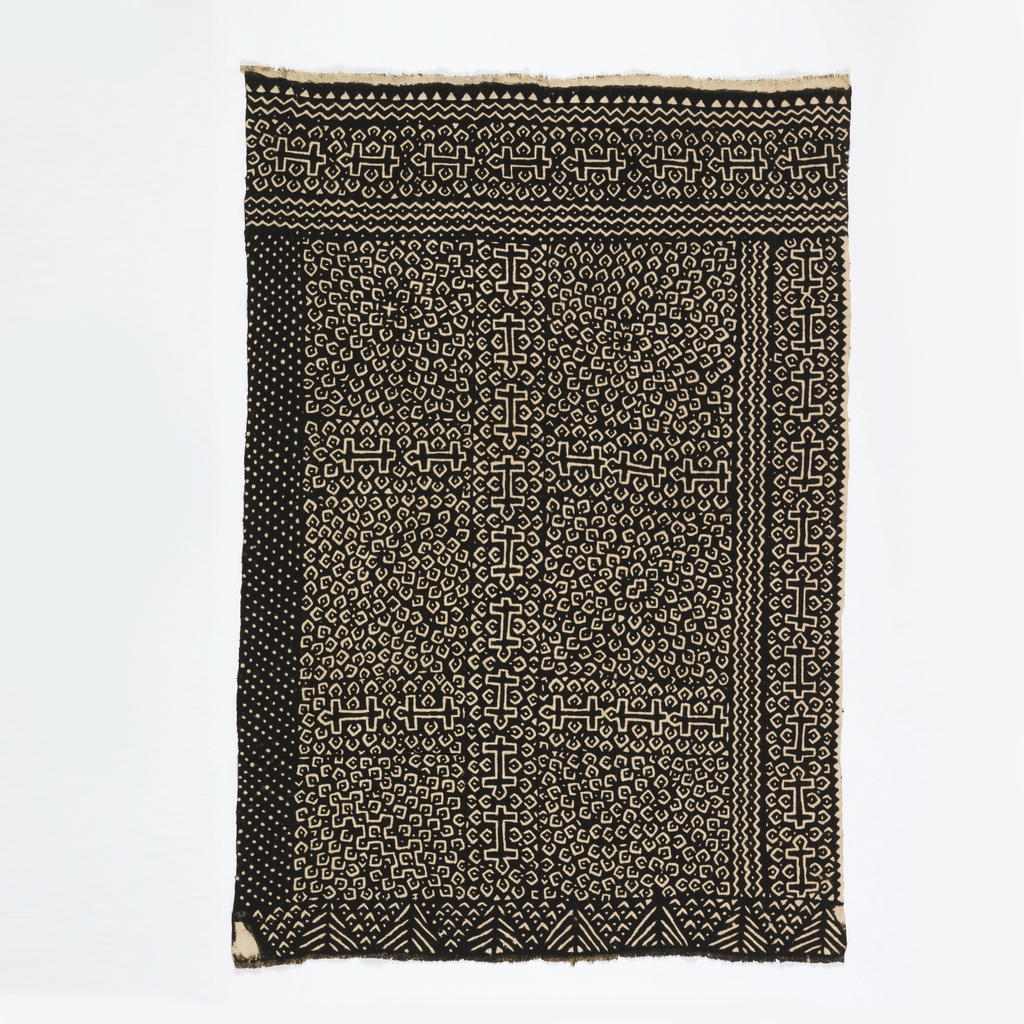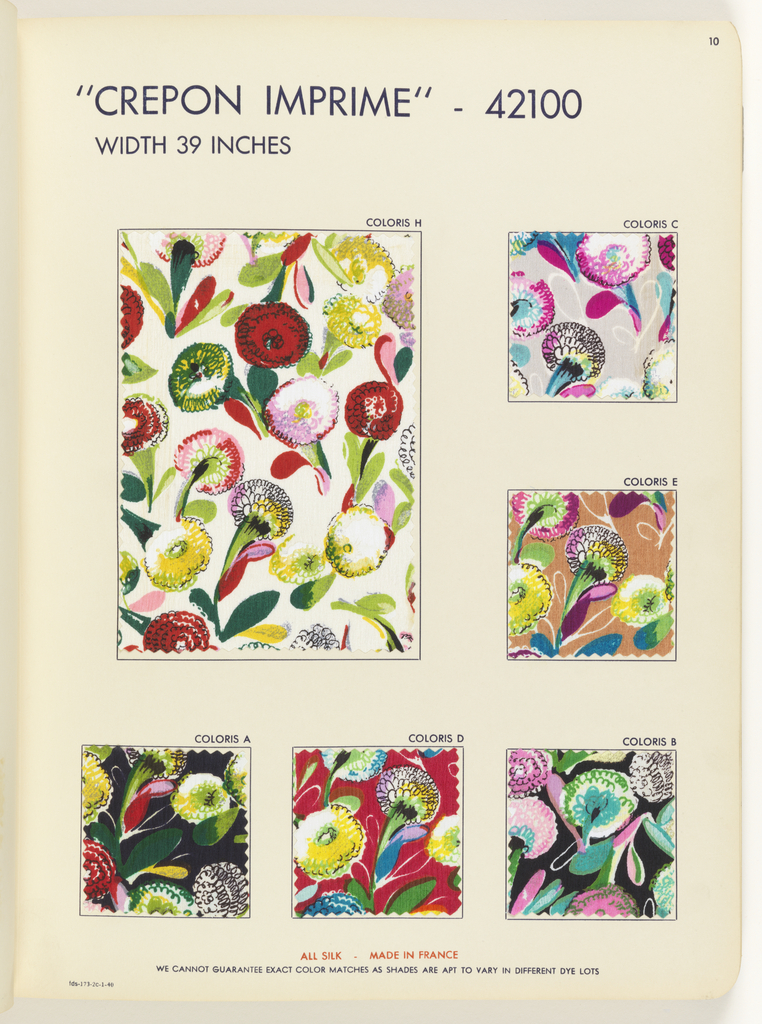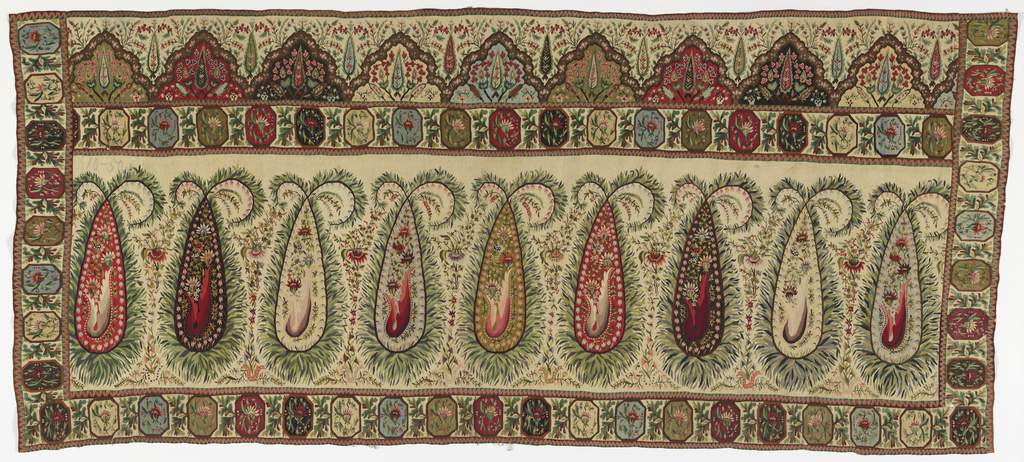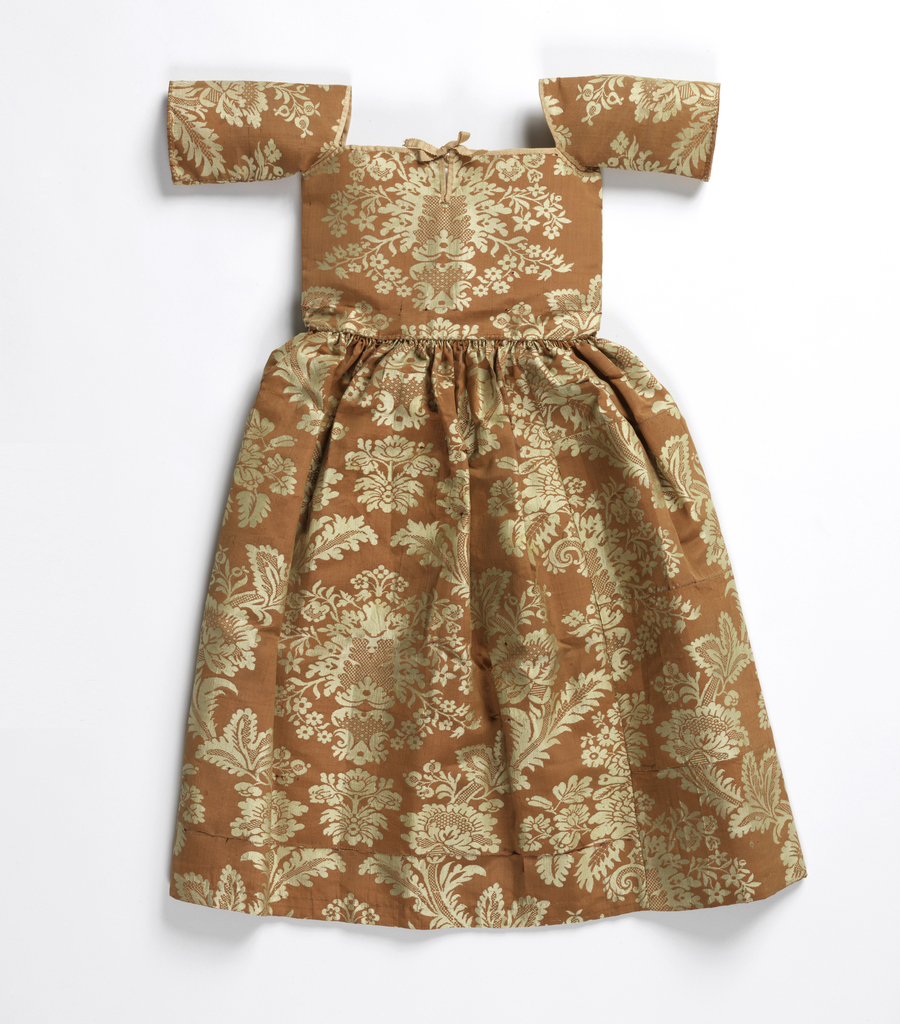Welcome to the blog series inspired by the exhibition Scraps: Fashion, Textiles,and Creative Reuse.
Shoe designer Edmundo Castillo, Creative Director and Executive Vice President of Aquatalia, on his influences and process, followed by a discussion with W Magazine Digital Features Director, Erik Maza. Prior to joining Aquatalia, Edmundo Castillo worked alongside industry icons Donna Karan, Ralph Lauren, and Sergio Rossi before launching his eponymous collection in 1999. He has...
Jacob Moss, Curator of London’s Fan Museum, traces the evolution of over 200 years of fan painting, using examples from Cooper Hewitt and The Fan Museum collections. This lecture is part of the Morse Historic Design Lecture Series. With the recent resurgence of interest in hand-held fan design, Cooper Hewitt’s historic collection of fans is...
A conversation between Thom Browne, 2012 National Design Award winner for fashion design, and Matilda McQuaid, Deputy Curatorial Director and Head of Textiles at Cooper Hewitt. Thom Browne is guest curator of Thom Browne Selects, which features mirrors, frames, and reflective wallcovering chosen by the designer from the museum’s permanent collection, as well as Browne’s...
This week’s entries are dedicated to objects featured in the exhibition Thom Browne Selects (see installation image above), currently on view at Cooper Hewitt through October 23, 2016. The following is an excerpt from a conversation that I had with American fashion designer and National Design Award winner, Thom Browne, about his museum exhibition and...
This cotton panel displays the signature elements that have come to make Coogi a recognizable brand worldwide. With asymmetrical lines, a variety of different textures, and a plethora of bright colors this fabric offers all the energetic vibrancy associated with the Coogi brand. For many people today the name Coogi calls to mind the particular...
After a decade of working as a designer and stylist in Europe, Natalie Chanin traveled to her hometown of Lovelace Crossroads, Alabama, to film a documentary, Stitch, about the southern quilting tradition. Ads placed in local newspapers brought in hundreds of stitchers, some formerly employed in Alabama’s once-thriving textile industry. Chanin created the fashion and...
The light color palette and spare decoration of this waistcoat are typical of the neoclassical style, which dominated design in the late eighteenth century and early nineteenth century. The silhouette is tight-fitting and markedly angular, with the lower hem cut straight across and rectangular pocket plackets. This was a departure from the skirted waistcoats with...
The simple name “mud cloth” scarcely does justice to the mastery of chemistry needed for the multi-step production of these dyed cloths. The deep brown color is created using iron-rich mud, fermented for over a year. But the fabric must be pre-treated before to allow the mud to function as a dye, and the motifs...
Public Lecture: Join us as Ralph Rucci talks about his creative process, inspiration, and the role of the hand in his work. About the Design by Hand series: Launched in fall 2013 with the iconic Finnish brand Marimekko, the Design by Hand series focuses on the craftsmanship, innovations, and merits of contemporary global designers. Special...
François Ducharne (French, n.d.), owner of the luxury textile company Soieries F. Ducharne, sold his colorful printed dress silks in France and the United States. Ducharne started his business in Lyon, France in 1920, likely inspired by the successful and profitable collaborations between artists and textile manufacturers such as Raoul Dufy’s (French, 1877–1953) partnership with...
This distinctive, fully reversible shawl border was handwoven in Russia in the early nineteenth century to be part of a Kashmir-style shawl. It was woven such that the intricate floral design is identical on both sides of the fabric. Kashmir shawls were essential fashion accessories for stylish women of means in nineteenth-century Europe. Initially imported...
Do you wonder why this early eighteenth-century silk dress is labeled a “child’s dress” and not a “girl’s dress”? You may be surprised to learn that both young girls and boys wore dresses at this time, a practice that actually continued into the first decades of the twentieth century. Before the sixteenth century, European men...
When Napoleon presented Josephine with a shawl that had been given to him on his Egyptian campaign (1798–1801), he started a fashion craze that lasted half a century and had major economic impacts on several nations. Fashionable ladies wearing the extremely lightweight Neoclassical gowns of the period went wild for the soft, beautiful and very...
Hear fashion luminaries Maria Cornejo, Francisco Costa, and Narciso Rodriguez speak with NBC’s Natalie Morales about their influences, process, and inspirations. DISEÑO is a partnership between Cooper Hewitt, Smithsonian Design Museum and El Museo del Barrio. This program received federal support from the Latino Initiatives Pool, administered by the Smithsonian Latino Center. Recorded 15 October...




